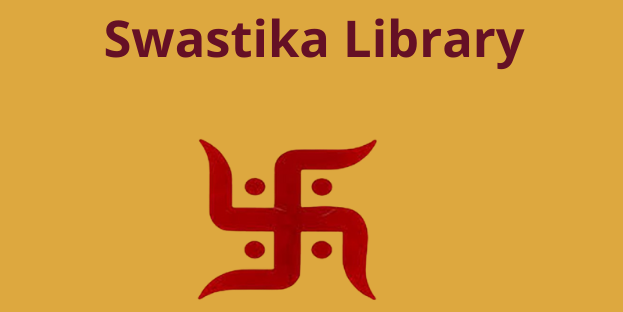The Swastika is a sacred symbol that has been around for centuries and is used by Hindus, Buddhists, Jains, and many other communities. This sacred symbol is very popular in Asian countries and is respected and honored. Similar-looking symbols with their individual names appeared in the world almost 10,000 years ago. These symbols are all non-violent and always represent well-being and good luck. In other countries and cultures, the swastika symbol in its many forms has been used freely on floors, buildings, clothing, businesses, and many other ways, including in religious places.
In the 1920s, the German Nazi Party adopted a ‘clockwise’ shape called Hakenkreuz, an emblem of the Aryan race. Plenty of evidence shows that Hakenkreuz had no connection with the Hindu sacred symbol, Swastika. In fact, it is doubtful if Hitler or the Nazi party had ever heard of the word Swastika. However, an unfortunate mistranslation by an Irish Catholic priest, James Vicent Murphy, in 1939 forever conflated the two symbols and, in the process, demonized a symbol that Hindus and many other faiths consider sacred.
It is truly ironic that a symbol associated with antisemitism and race theories that originated in Europe has become a source of interminable anguish for the Hindu society – the only people who, throughout known history, have treated the Jewish people with dignity and respect.
We have created an archive of articles, books, videos, and other scholarly resources to educate our readers about the long history of the Swastika and its conflation with the hated Nazi emblem; these resources paint a graphic picture of how abject ignorance has transformed Europe’s profane guilt into an unending source of torment for the global Hindu society.







